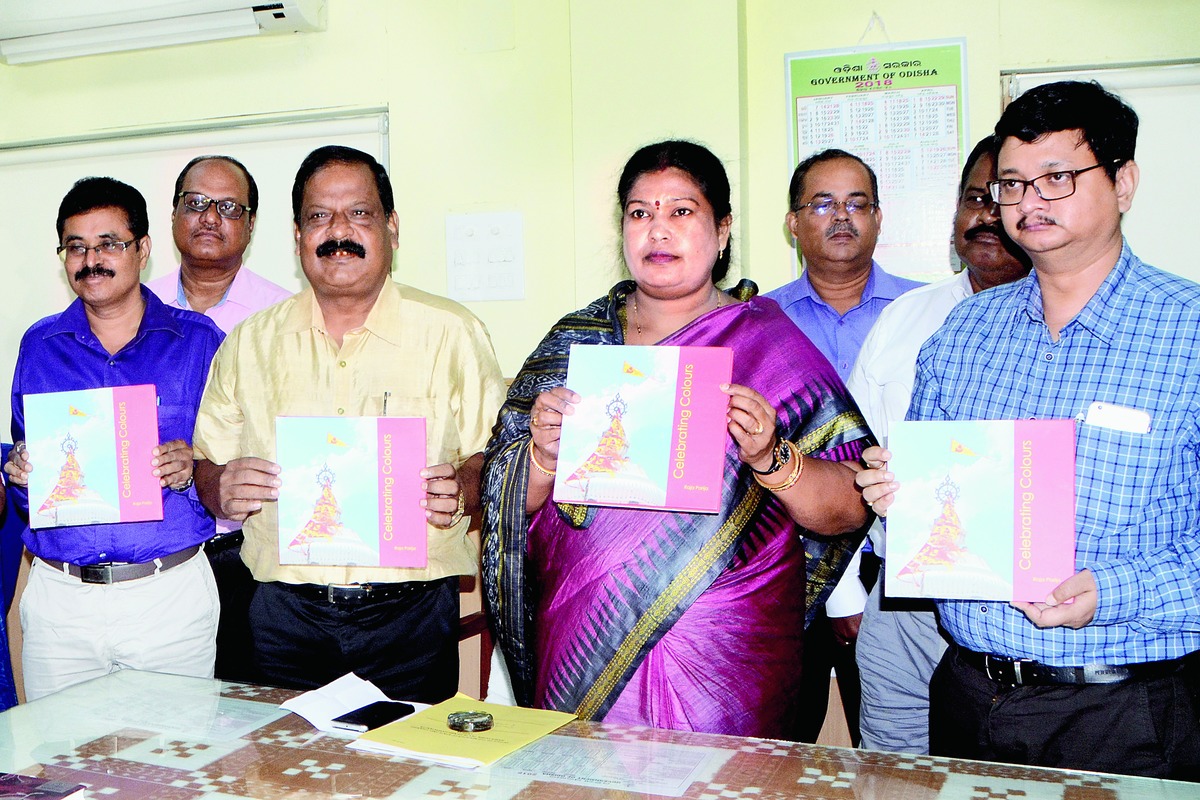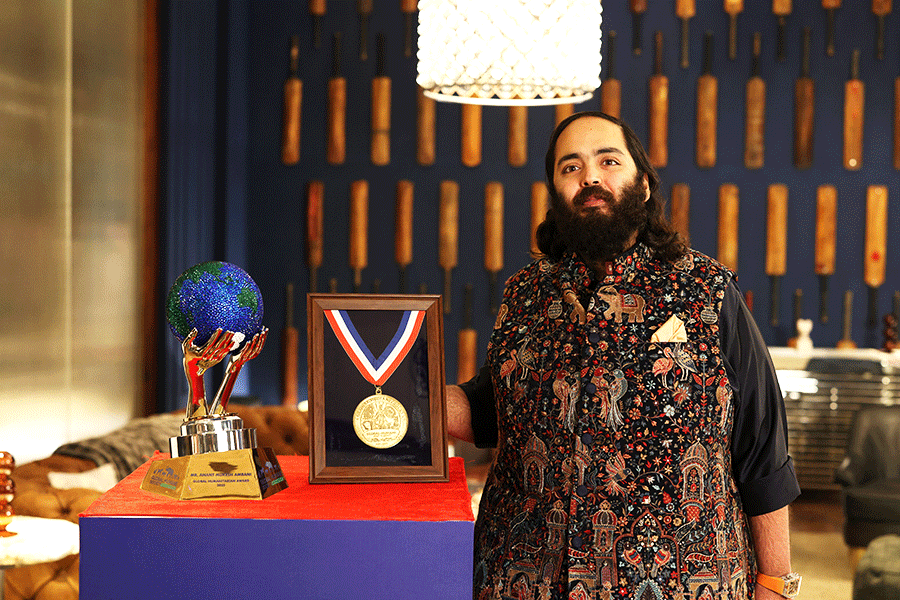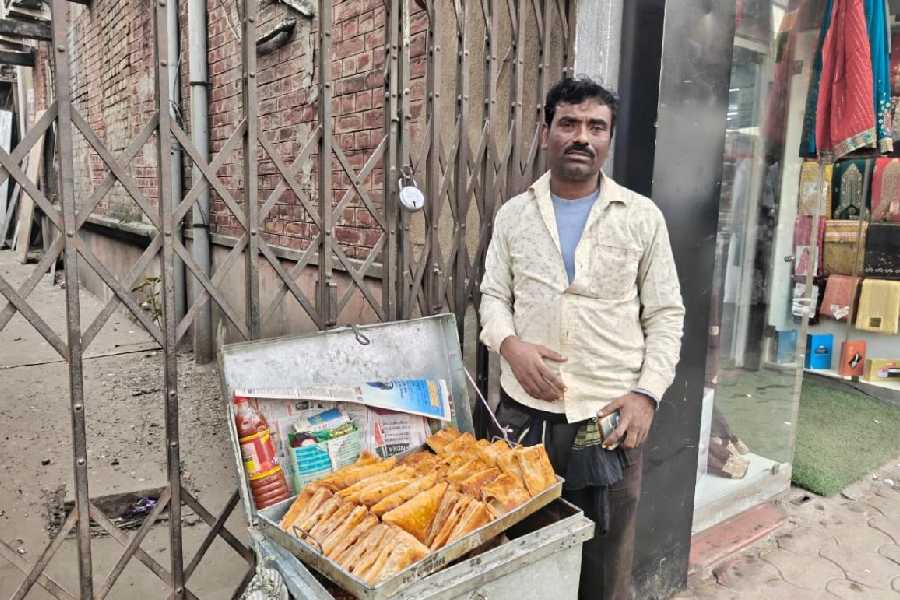
Bhubaneswar: A bureaucrat from the state has come up with a coffee table book on the appliqué art of Odisha.
The book by Raja Parija is a compilation of rare information and anecdotes on the age-old craft from Pipili.
In this craft, small pieces of fabrics of contrasting colours and textures are stitched on to a large base fabric to create items like garden umbrellas, hanging lights, vases and mats. The traditional art has evolved into a modern craft through design innovations. The main aim of the book is to promote the art form to make the state a prominent destination for crafts tourism.
"The focus is to connect craft villages with tourism. This will open new avenues for tourists, who can visit our handloom and handicraft clusters," he said.
The book, Celebrating Colours, provides details about the history of the craft and how it developed its roots in Pipili. Parija said the origin of appliqué art in Odisha dated back to the origin of the Jagannath cult.
"Locally known as Chandua Kama, the craft was used to make utility items for religious ceremonies and rituals of Lord Jagannath. The king of Puri engaged some Hindu craftsmen from Darji caste as sevaks for regular supply of such items. In course of time, some of the them shifted to Pipili and settled there and that is how the craft evolved over the years," said Parija, the director of SC welfare in the state SC and ST development department.
He has put in research of more than two years in the book. "I spoke to a number of historians, craftsmen and their families in Puri. I have gone through the state archives and records of the Jagannath temple to gather information," he said.
He also mentioned how Muslim artisans were also involved in the craft these days and how they lived with Hindu in a closed community.
He feels there is lack of documentation in the state on the craft traditions of the state. "It extremely important to gather all sorts of information regarding the craft forms and compile them for future references and archival purposes," he said.
The book was launched at the state secretariat on Friday by the minister of handloom, textiles and handicrafts department, Snehangini Chhuria.
In 2016, he had published another book Silver Splendour of Millennium City, which was on silver filigree craft tradition of Cuttack.










